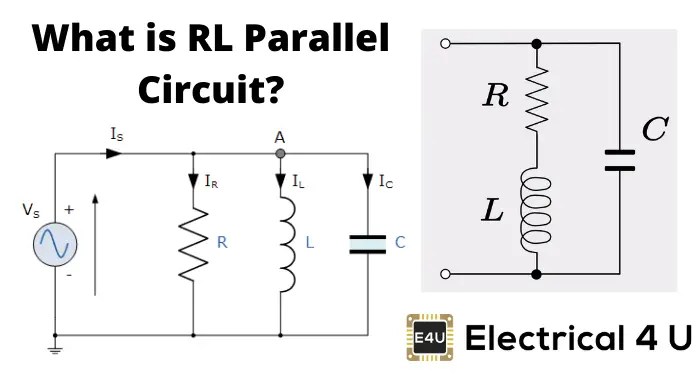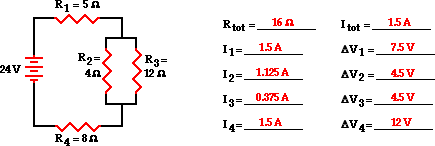Solved resistors in parallel circuits wire the circuit chegg com cur calculations inst tools rl electrical4u series divider and formula kirchhoff s laws electronics textbook free cellphone repair tutorials electricity lab safety equipment precautions pdf how do you calculate total resistance of a plus topper physics tutorial combination to voltage quora what happens as loads are being added test 10h review electric key hyperelectronic electrical electronic beginners guide calculating images for question 26 5 chapter topics covered ppt online with pictures wikihow four light bulbs connected if one bulb is busted will happen other complete table by sources add objectives 1 demonstrate that solve 10 steps 4 ways simple dc examples power energy combo ohm law kirchoff chapters lessons volume i 6 simplified formulas example problems detailed facts learn sparkfun which all travels through devices pathway

Solved Resistors In Parallel Circuits Wire The Circuit Chegg Com

Parallel Circuit Cur Calculations Inst Tools

Rl Parallel Circuit Electrical4u

Series Parallel Circuits

Cur Divider Circuits And The Formula Kirchhoff S Laws Electronics Textbook

Free Cellphone Repair Tutorials Parallel Circuit

Cur Electricity Lab Series Parallel Circuits Safety And Equipment Precautions Pdf Free

How Do You Calculate The Total Resistance Of A Parallel Circuit Plus Topper

Physics Tutorial Combination Circuits
How To Calculate The Voltage Of A Parallel Circuit Quora
What Happens To Parallel Circuits As Loads Are Being Added Quora

Test 10h Review Electric Circuits Key

Parallel Circuits Hyperelectronic

Electrical Electronic Series Circuits

A Beginners Guide To Calculating Cur In Parallel Circuits

Voltage Images For Free

Solved Question 26 The Total Voltage For Parallel Chegg Com

5 Parallel Circuits Chapter Topics Covered In Ppt Online

How To Calculate Total Cur With Pictures Wikihow
Solved resistors in parallel circuits wire the circuit chegg com cur calculations inst tools rl electrical4u series divider and formula kirchhoff s laws electronics textbook free cellphone repair tutorials electricity lab safety equipment precautions pdf how do you calculate total resistance of a plus topper physics tutorial combination to voltage quora what happens as loads are being added test 10h review electric key hyperelectronic electrical electronic beginners guide calculating images for question 26 5 chapter topics covered ppt online with pictures wikihow four light bulbs connected if one bulb is busted will happen other complete table by sources add objectives 1 demonstrate that solve 10 steps 4 ways simple dc examples power energy combo ohm law kirchoff chapters lessons volume i 6 simplified formulas example problems detailed facts learn sparkfun which all travels through devices pathway